Bolivia is an extremely diverse country when it comes to birds. In fact, some say that if it wasn’t land-locked it would have more species than any other country. Endemism is not especially high but there are some stunners to search for such as the Red-fronted Macaw and Black-hooded Sunbeam. The country lacks a field guide and, perhaps because of this, has been under-birded compared to the other Andean nations. This can lead to some frustration when trying to get information about sites and species. The other side of the coin is that it makes it a very exciting place to visit as a photographer because there have been so few good images of the birds that live there. The goal of this trip was to find and photograph as many of the endemics and near-endemics as possible.
PART I
The trip began with an international flight in to the city of Santa Cruz. Coming in from sea level it made a lot of sense to begin here in the lowlands rather than flying in to La Paz where the air is notoriously thin.
My first destination was right in the city at the local botanical gardens. There were a surprising number of good birds to be found here and I visited the site several times while I organized the rental car and prepared to head in to the field. The highlights included: Red-billed Scythebill, Pale-crested Woodpecker and Bolivian Slaty Antshrike.
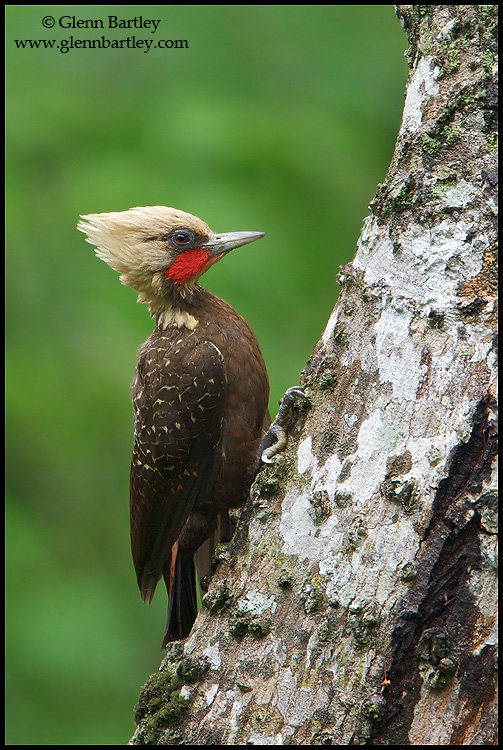
A second site that was worth a quick visit was Lomas de Arena. At this site I had Guira Cuckoo, Burrowing Owl, Southern Lapwing and White-eared Puffbird.
The first “real” birding site was a few hours away along the old road to Cochabamba. Rather than waste a morning driving there I decided to visit the Santa Cruz airport and see if I could come up with anything. It turned out to be an action packed morning with Greater Rhea’s, White-bellied Nothura, Red-winged Tinamou and Wedge-tailed Grass Finch all giving great photo opps.
After an unexpectedly successful morning I hit the road for the Refugio Los Volcanes. About a 2-3 hour drive from Santa Cruz this lodge is positioned in a setting that is unlike anywhere I had ever been. Set in a clearing down in a valley the small lodge is surrounded by towering red cliffs on all sides. It truly is a spectacular destination! This site proved to be the best of the trip for nocturnal birds and on the first night there I managed to photograph Band-bellied and Rufescent Screech Owl. Fruit placed out near the kitchen provided exceptional opportunities to photograph Purplish and Plush-crested Jays and the edges of the clearing were good for a few of the other common birds including Rufous-bellied Thrush and Blue-fronted Amazon Parrot. After two nights at this wonderful lodge it was once again time to move on.
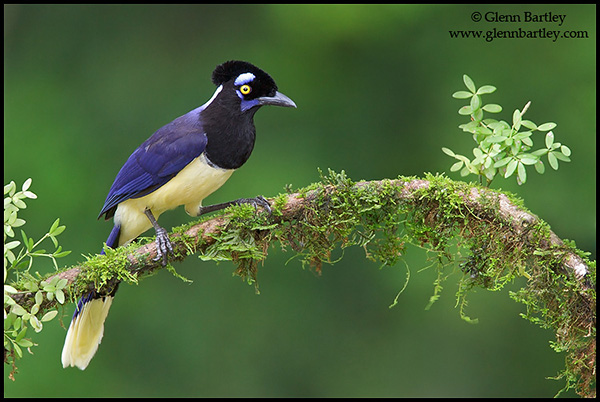
Glenn Bartley
Glenn Bartley is a professional nature photographer who specializes in photographing birds in their natural habitat. He currently resides in Victoria, British Columbia on Canada’s West Coast. Glen runs instructional photo workshops throughout the year to exciting destinations around the world. Upcoming trips include Vancouver Island, Ecuador, Costa Rica, Churchill Manitoba and Peru. He focuses on birds because there are so many species, they can be found almost anywhere, they are challenging to photograph and beautiful to watch.
- Web |
- YouTube |
- More Posts(45)
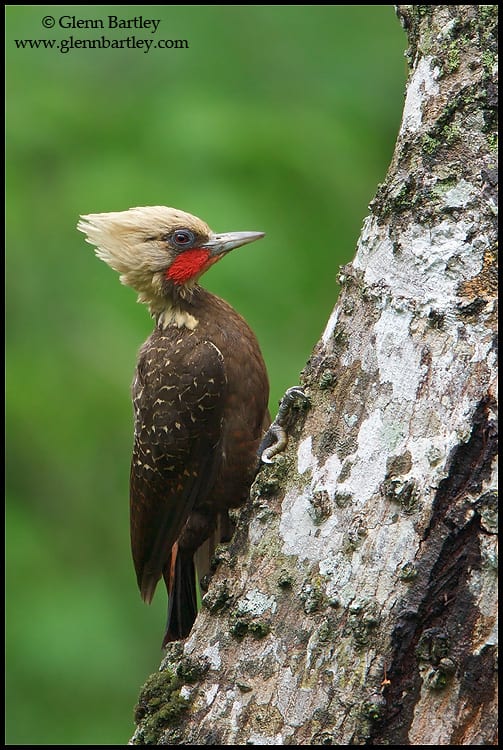
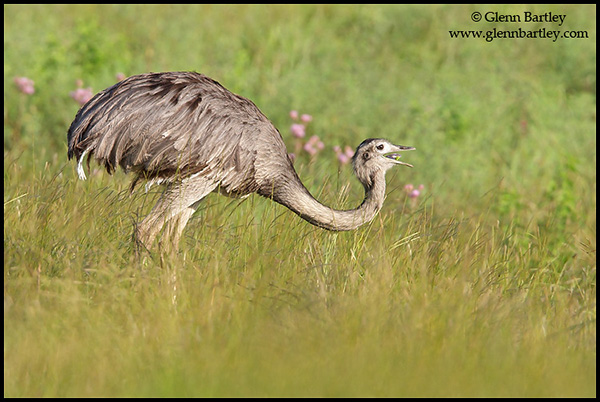

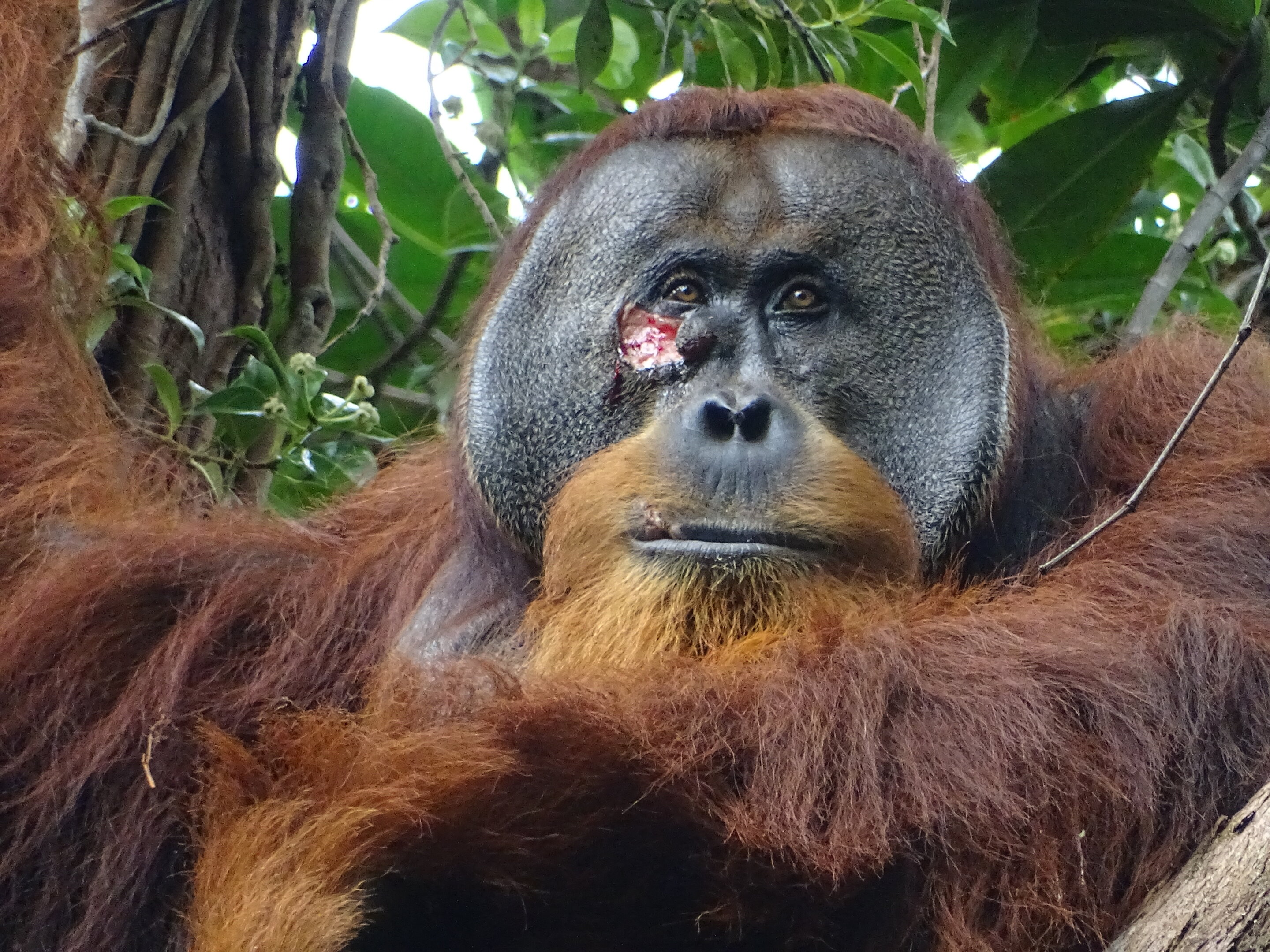

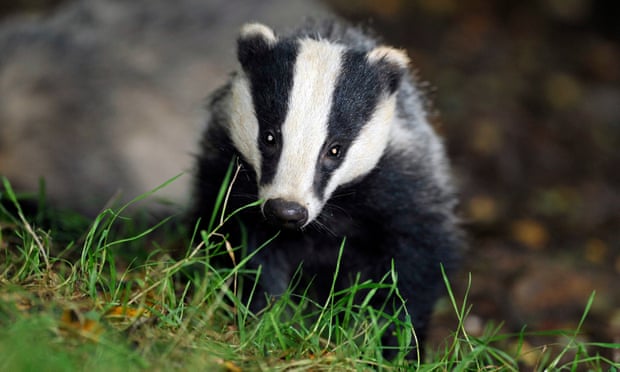


Leave a Reply